
目次
The iiO FD11 went on sale in China on May 15. We ordered the FD11 on the release date and were able to obtain it successfully, so this is a review of the actual device. This article also summarizes the features of the FD11 announced by FiiO.
First, a brief overview of the FiiO FD11 and its features. The FD11 is the successor to the FD1 and is an entry-level dynamic driver earphone. The FD11 uses the same carbon material dynamic driver as the FH15 and FF5, which are higher-end models. The most distinctive feature is the new “Small Conch” design. The metal shell is decorated with a six-pointed star design, making these earphones very beautiful.
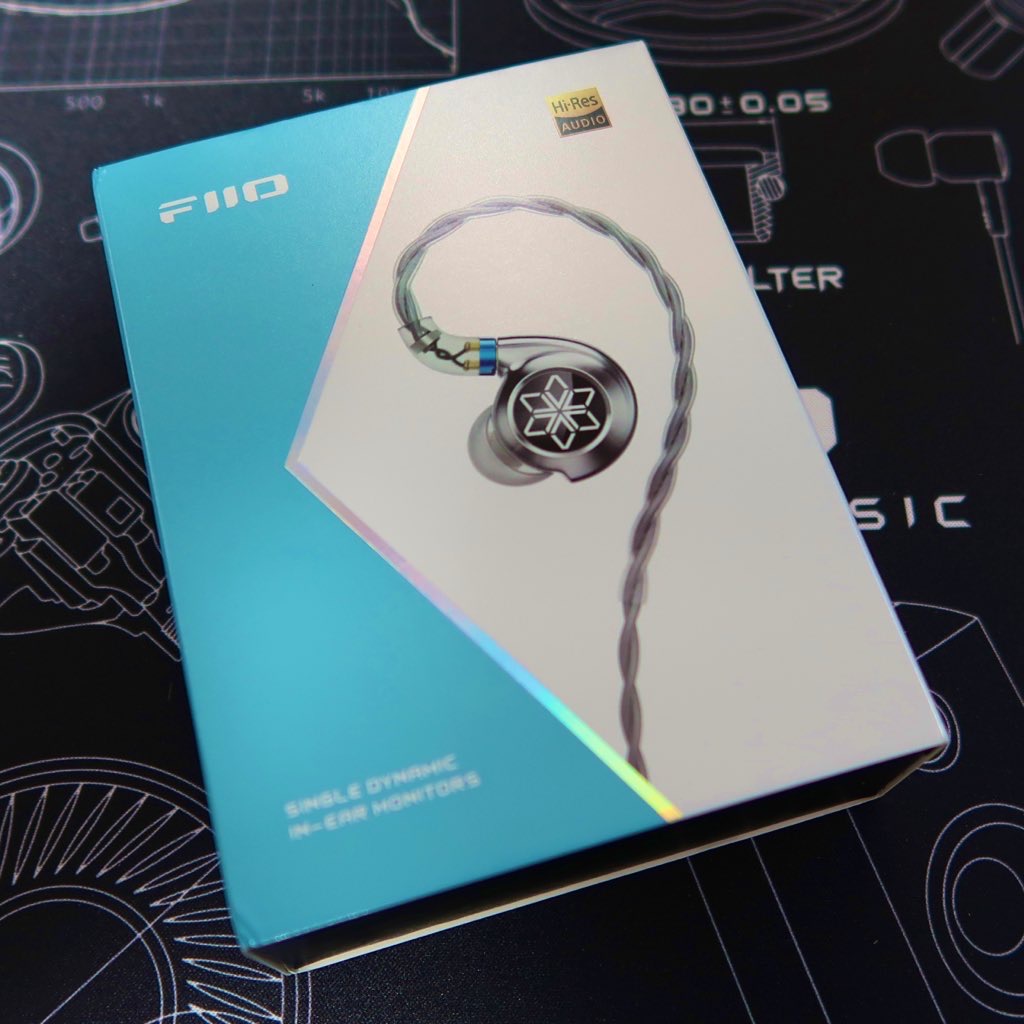
Summary
The following is a summary of the FiiO FD11.
*I am listening with the FiiO HS18 ear tips, not the ones that came with the FD11, because with the FD11 ear tips, the sound is a bit more forward and easier to hear, but the soundstage is a bit narrower and there is less reverberation.
First the soundstage was not that wide right after opening the package, but after 50 hours, the sound settled down with an overall feeling of taking a step back, and after 100 hours, the soundstage became more characteristic of its wide soundstage.
The sound balance of the FiiO FD11 is V-shaped, with a wide soundstage and good low-frequency quality that is hard to believe for its low price of 199RMB/$35. The low frequencies are resilient without being bloated, and the mid to high frequencies are bright and contoured, while the lateral spread of the sound creates a pleasant airy feeling. The fit is also improved and very good for FiiO’s metal shell earphones.
Pros
- Easy to position for fitting
- Resilient and contoured bass
- Contoured, bright but not piercing highs
- Wide soundstage
Cons
- Male vocals are slightly buried in the bass
- Original concave/convex 2-pin
Overview
Release date: May 15, 2023 (China) Price: 199 yuan/$34 (about 4,500JPY)
The FiiO FD11 is a dynamic driver earphone, positioned as an entry-level model among FiiO’s earphones and the successor to the FD1. As a design identity, the FiiO FD11 also features a new “Small Conch” design. This design is also used for the upcoming FH11. FiiO says, “The design is intended to improve not only the “fit” but also the “wearability,” and to prevent degradation of sound quality when worn incorrectly. The design also prevents degradation of sound quality when worn incorrectly. ” These earphones seem to be designed as a true entry-level model.
Package
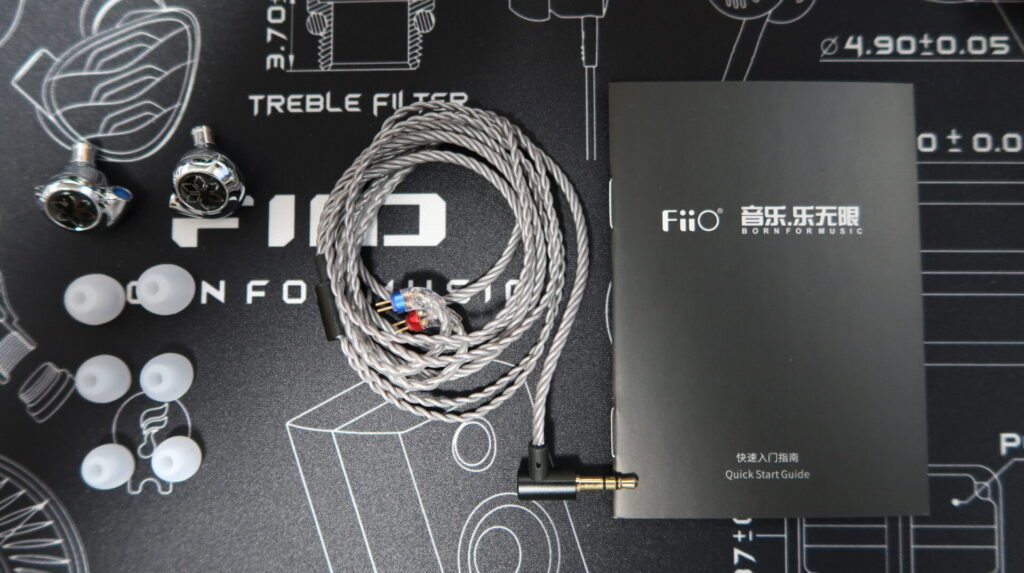
The FiiO FD11’s bundled accessories are simple. They have minimized the number of accessories in order to spend more on sound quality.
- FD11 main unit
- Cable
- Earpieces (3 sizes)
- Instruction manual
About the cable
The FiiO FD11 uses the original 0.78 / 2-pin. First, please see the image below.
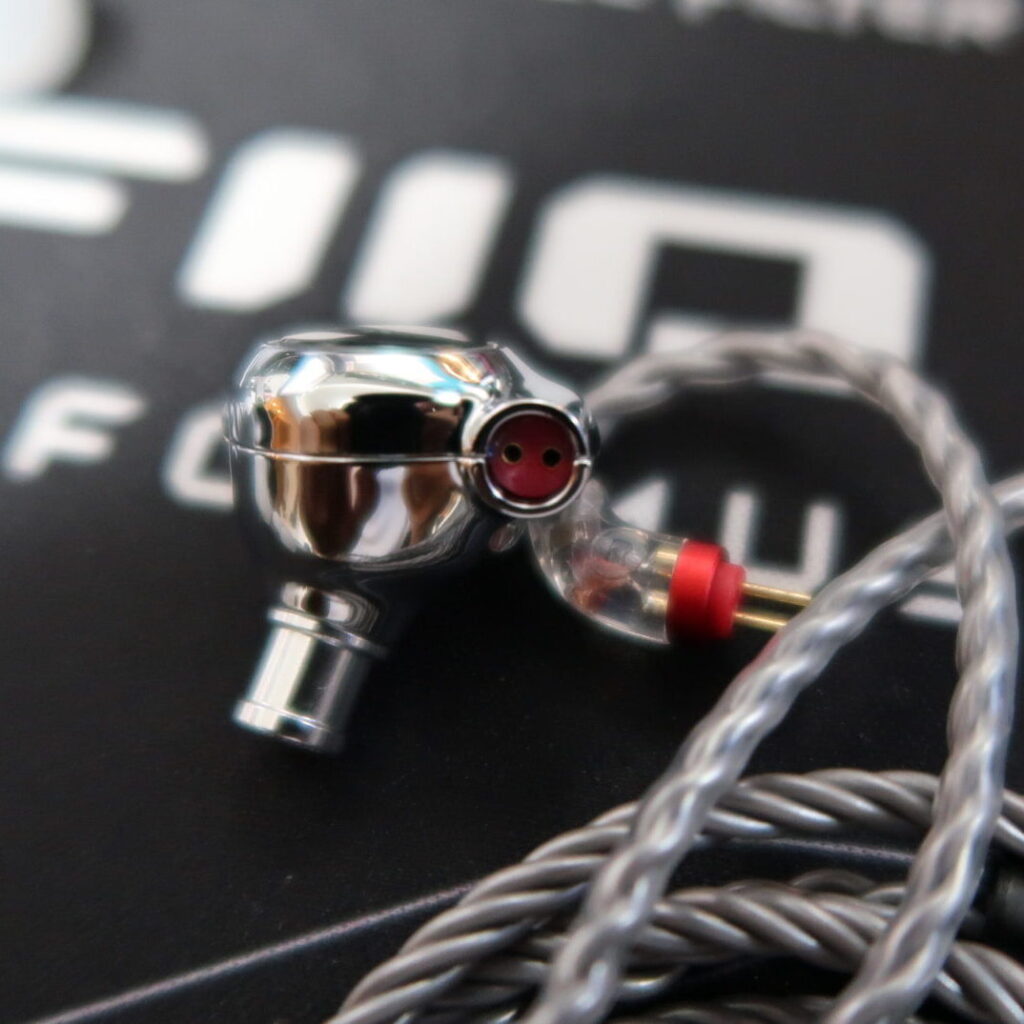

The FiiO FD11 has a circular concave on the body side of the earphone. The cable side has a circular convexity to match the groove. This connection method is similar to the embedded 2-pin format used in CIEM. However, normal embedded 2-pins are generally rectangular concavities.
The reason why FD11 was designed with such an original 2-pin specification was that the normal flat 2-pin tends to bend easily during insertion and has a high failure rate. On the other hand, flat 2-pins are cheaper to produce than MMCX or CIEM type embedded 2-pins, which has the advantage that more cost can be invested in sound quality. FiiO has therefore taken advantage of both durability and cost by adopting the original 2-pin design. The FiiO original 2-pin will also be used in the FH11 in the future. FiiO plans to release MMCX conversion adapters and 4.4 cables in the summer or later.
For your reference, I have also included an image of the older model, FD1. This is a normal flat 2-pin. You can see that the shape of the part connecting the earphone and the cable is different.
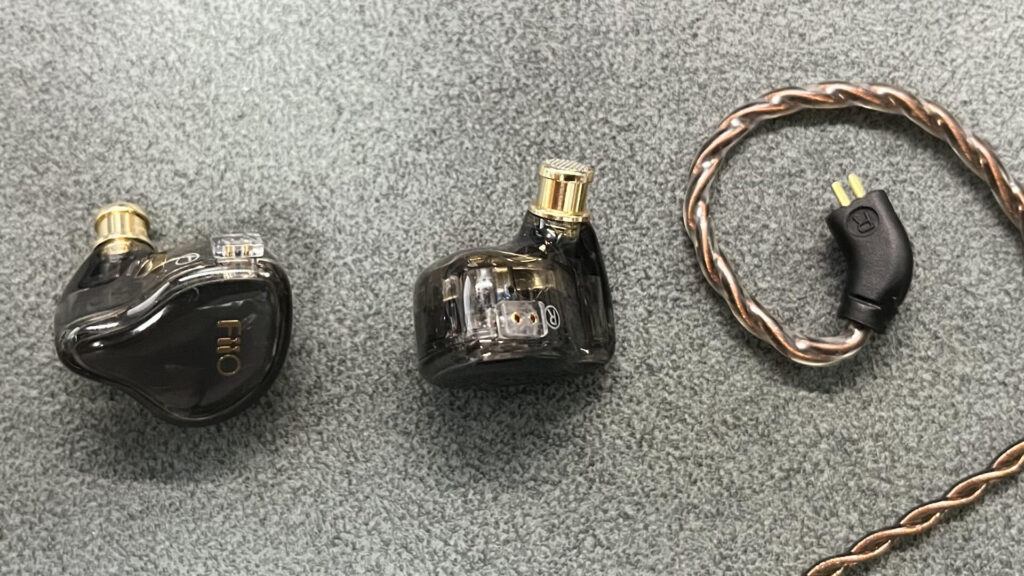
Design and Fitting
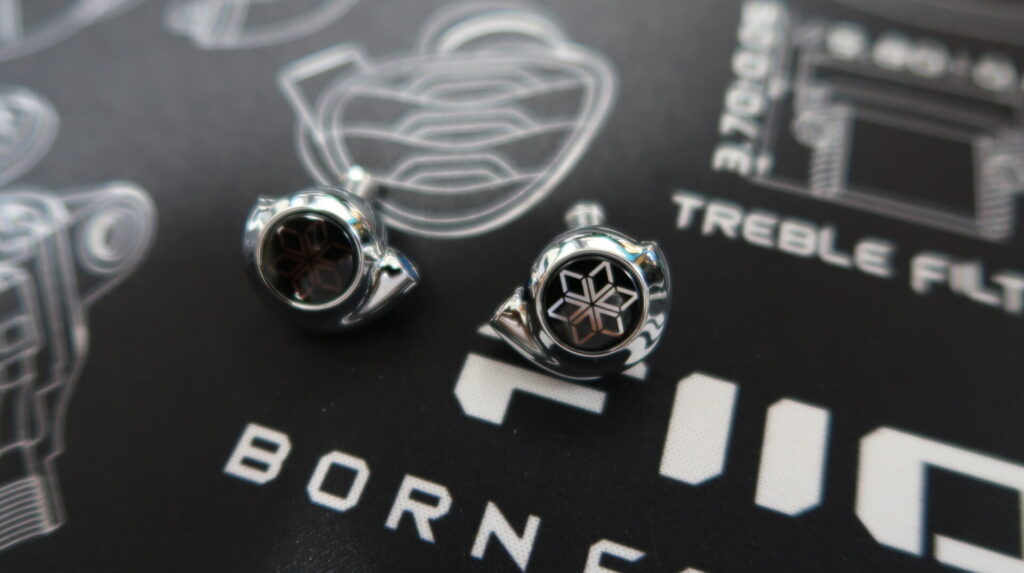
The FiiO FD11 has a completely different design ID from previous FiiO earphones. The shape is, as the name “Small Conch” implies, like a small conch. The faceplate is a transparent glass-like surface decorated with a six-pointed star design. Unlike previous SF armor designs, this is a beautiful design. Next is the wearing surface. The shape of the inside of the earphones (the side that touches the ear) is also different. The image below shows FD3 and FD11 side by side. The FD3 has a conventional metal shell with a cylindrical shape, whereas the FiiO FD11 has a neck from the outer to the inner side. This improves the fit and sound insulation. The nozzle can be easily inserted into the ear canal, making it easier to position the nozzle when fitting.

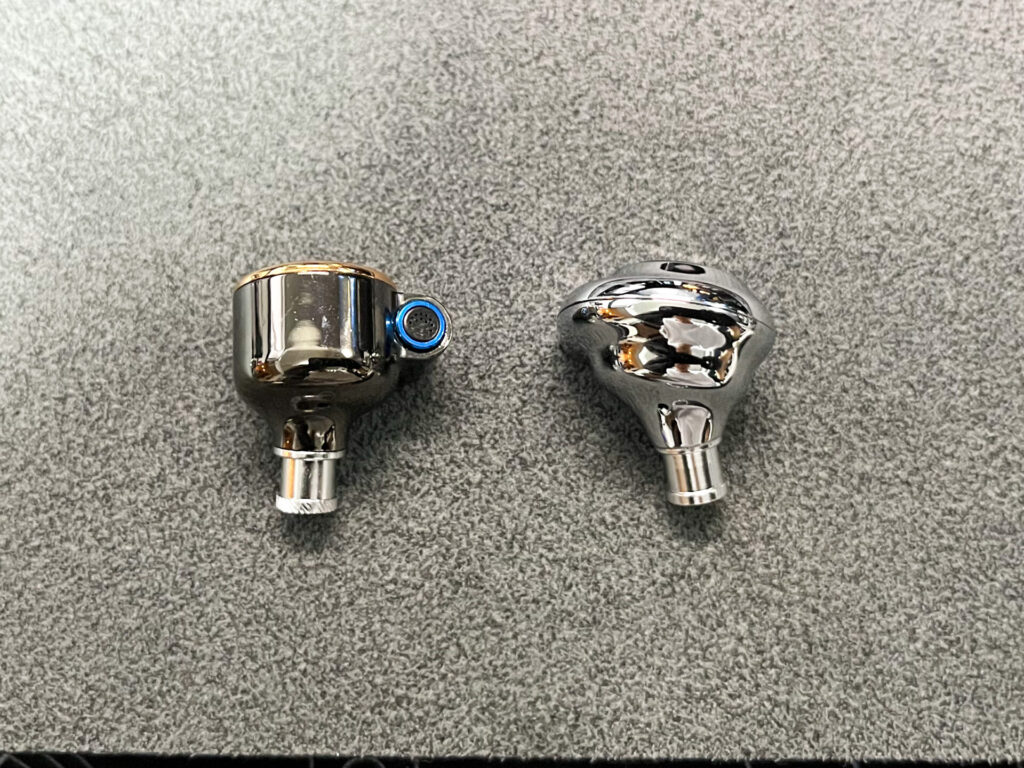
Sound
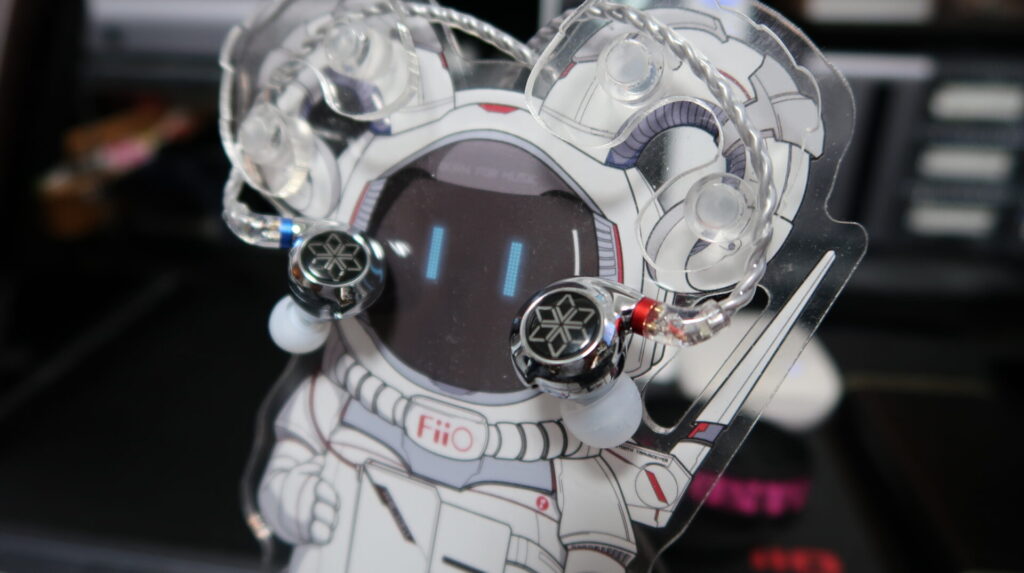
Initial review about 3 hours after opening the package.
*Listening mainly to Japanese music / DAP: M15S / FiiO HS18 ear tips
The FiiO FD11 has a great bass texture at this price point, with a solid bass profile without being boomy. The highs are also not rough and do not sting. These two advantages give the FiiO FD11’s overall sound resolution, allowing you to listen to songs with a certain number of notes and rock music with a good groove, making it a killer quality earphone in this price range. However, This is not unique earphones by any means, and they play bass and treble carefully.
The balance is V-shaped, but it sounds more like mid-bass. The bass resonance is very pleasant with a warm sound. The bass sound is similar to that of FiiO earphones such as FD3 or FF3. However, male vocals may be buried by the bass depending on the song. Therefore, female vocals are more suitable for this earphone. It also has a dynamic and glossy sound. Personally, I really enjoyed the compatibility with the “Kessoku Band(Japanese Rock band)”. The bass response is not that high, but the contoured bass makes drums and bass sound solid, and female vocalists’ voices and electric guitars sound beautiful without being buried in the bass. Please give the FiiO FD11 a listen. I compared the FD11 with the FH3 and FH15, which have the same balance, but the impression was quite different. If you like the V-shaped balance of the FiiO FD11, please consider the FH3 and FH15. As a further aside, I heard a wider soundstage when listening with the K9PRO. Therefore, if you have a desktop DAC, please try listening to it not only with a DAP or portable DAC, but also with a desktop DAC.
Finally, the frequency response is shown here for reference. These measurements are not exact, but for comparison purposes. Therefore, the SPL is set to 100dB at 20hz so that it can be compared with other FiiO earphones.

Frequency response page for other FiiO earphones: https://earl4proxyvoting.com/fiio-database
Comparison with FD1
While there are some differences in sound balance between the FiiO FD11 and the FD1, the main difference is the overall improved texture. In particular, the FD11 has a better treble texture. The roughness characteristic of low-priced models is not present in FD11, and it is less piercing. In addition, FD11 has a tighter bass sound. In terms of the sound field, FD11 is a little further away and feels wider because of the distance. FD11 is clearly superior in terms of treble texture, but bass and sound field are factors of preference, so you could actually compare the two by listening to them.
After 150+ hours of burn-in, review
*Listening was mainly Japanese music / DAP: M15S / Eartips: mainly FiiO HS18, in comparison, FD11 included, final Type E (for TWS)
The first and most significant sonic change resulting from the burn-in of the FiiO FD11 was the widening of the soundstage. As noted in the initial summary, the overall sound has become more calm, as if the sound has taken a step back, and this has resulted in a characteristically wider soundstage. The sound is bright, resulting in a refreshingly wide stage. Sound contours are clear, so you can continue to hear a good sense of separation even in songs with a lot of notes or bands. And yet, the high frequencies are not piercing. The soundstage feels wider, and the highs are less clogged. The sound balance remains the same after burn-in, with an impressive warm low to midrange depending on the song while still being V-shaped.
Because of this warm low to midrange, the FiiO FD11 has a different sound balance depending on the earpiece.

Therefore, in our review of the FD11, we compared listening with three different types of ear tips: the ear tips that come with the FD11, the FiiO HS18, and the final Type E.
HS18: The umbrella part is very thin and has little adhesion to the ear. This ear tip has a clear and neutral sound (some people feel it has less bass).
FD11 Included Eartip: It has a silky texture and the thickness of the umbrella is standard. They are similar to ear tips that would be labeled “balanced.”
final Type E: Sticky and highly sealed to the ear. The bass is felt well with this ear-tip.
In FD11, the ear tip I would particularly recommend among these three is the FiiO HS18. The aforementioned review was also listened to with the HS18, and I found it to be a good match in terms of cleaning up the bass. However, some people may find the bass lacking. In this case, we recommend the ear tips that come with the FDs. Although the sound field becomes a little narrower, you can feel the low frequency range moderately by bringing the sound closer. On the other hand, in the case of Final Type E, we do not recommend it unless bass head. The bass comes out quite forward, and the impression of bass is quite stronger than the mid to high range.
Paring
with M11S
In combination with the FiiO FD11, you may feel a bit of a snatchy sting in the mid to high frequencies. On the other hand, this tighter change tightens things up a bit, especially in the warmer low to midrange. This makes it easier to feel a sense of speed in ROCK songs.
with BTR7
I had a good match between the FiiO FD11 and several FiiO DACs.
Listening with the BTR7 (BT mode), the resolution is a bit lower, but this allows for more lateral extension of the sound (more ambiguity). As the sound expands, I feel a fresh stage and warm low to midrange softness. It is pleasant to listen to while taking a walk outside.
That concludes our review of the FiiO FD11.
Thank you for reading to the end.
If you found this article helpful, please follow me on X(Twitter) as well. I am a fan of FiiO, summarize the latest news, and the fastest reviews.
